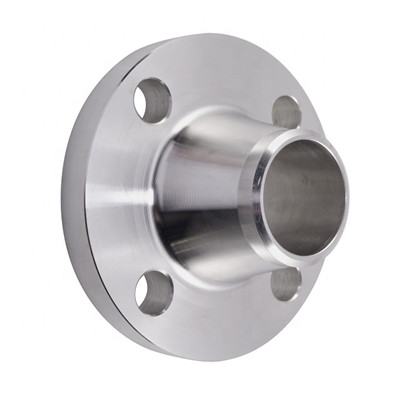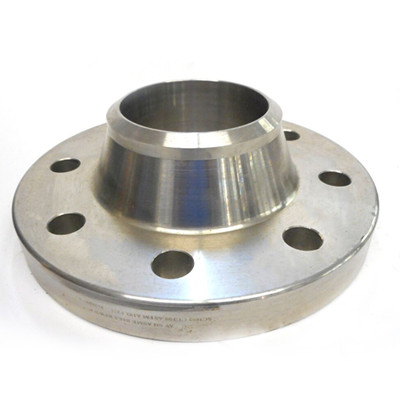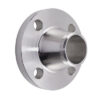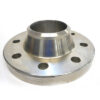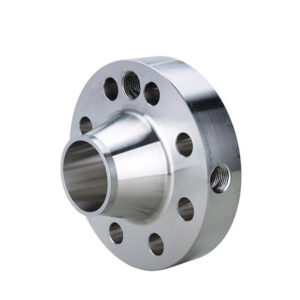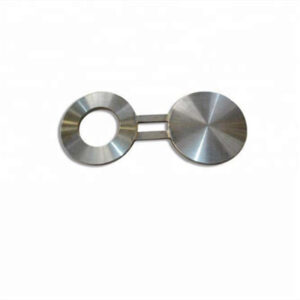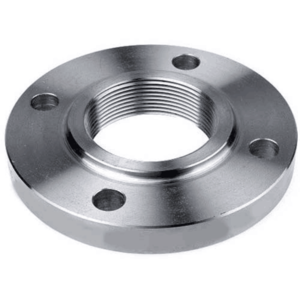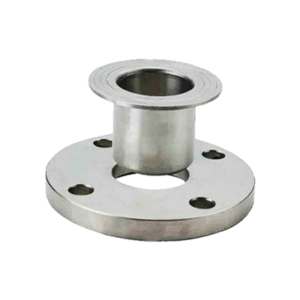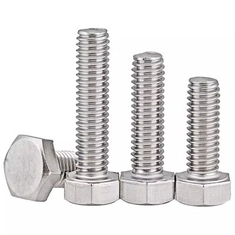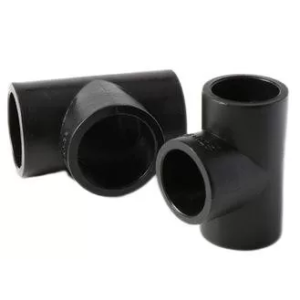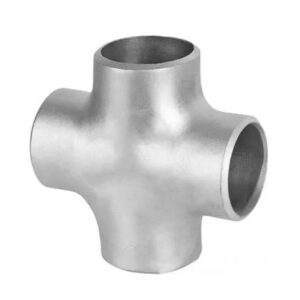Description
IF flange belongs to the neck butt welded steel pipe flange. In various domestic standards, IF is used to represent IF flange.
It is mainly used for high-pressure pipelines. The production process is usually casting.
The pipe end of IF flange is thicker than the butt welding flange. Except for PN1.6MPa and dn450, the inner diameter of IF flange is the same as the nominal diameter.
Technical data sheet
| Nominal diameter | size(mm) | ||||
| diameter D | D1 | Bolt hole diameter | D2 | f | |
| 10 | 90 | 60 | 14 | 41 | 2 |
| 15 | 95 | 65 | 14 | 46 | 2 |
| 20 | 105 | 75 | 16 | 56 | 2 |
| 25 | 115 | 85 | 16 | 65 | 3 |
| 32 | 140 | 100 | 18 | 76 | 3 |
| 40 | 150 | 110 | 18 | 84 | 3 |
| 50 | 165 | 125 | 20 | 99 | 3 |
| 65 | 185 | 145 | 20 | 118 | 3 |
| 80 | 200 | 160 | 22 | 132 | 3 |
| 100 | 220 | 180 | 24 | 156 | 3 |
Characteristic
IF flange is a kind of flange connection method, and the materials are carbon steel, stainless steel, alloy steel, etc.
IF flanges are generally raised face (RF).
If used under flammable, explosive, high temperature and extreme hazardous conditions, sealing surfaces of convex concave surface (MFM) and tenon groove surface (TG) can be selected instead of RF surface.
Application
IF flange can be used in boiler pressure vessel, petroleum, chemical industry, shipbuilding, pharmaceutical, metallurgy, machinery, food and other industries to facilitate the replacement of a certain section of pipeline.

